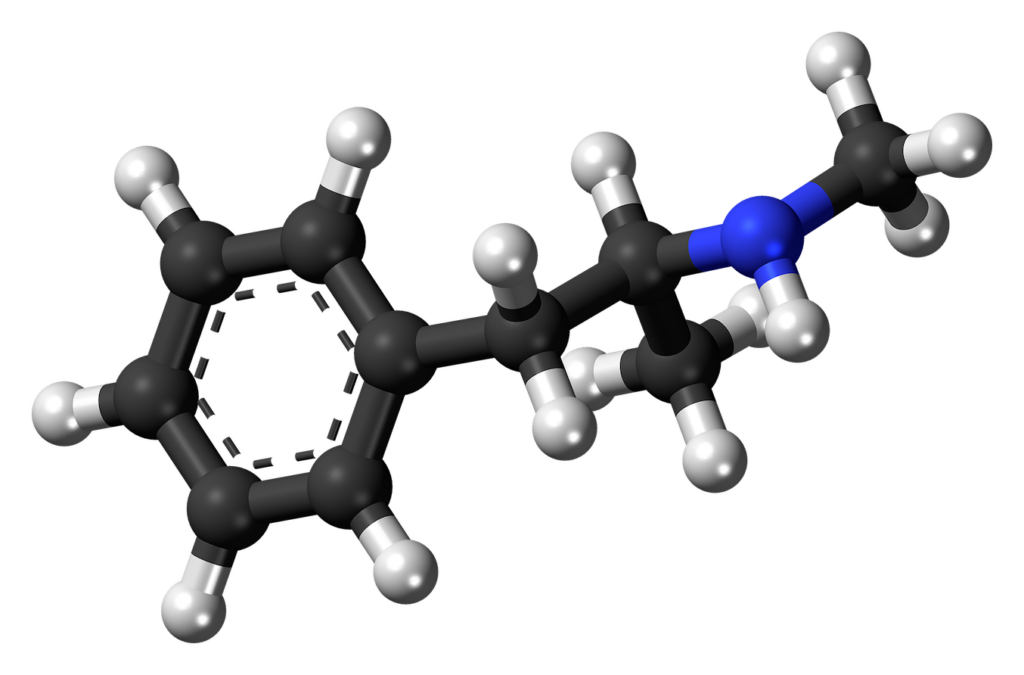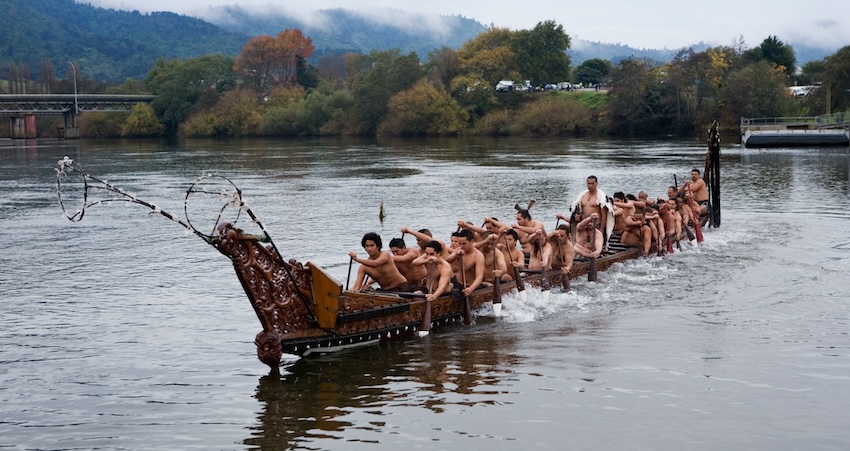The New Zealand Ministry of Health has granted the license for researchers cultivate Psilocybe weraroa, a psychedelic mushroom native to the country. Although psilocybin is unfortunately still illegal in New Zealand under the Misuse of Drugs Act, the Director-General of Health can grant licenses for research or medicinal purposes.
Meth Use Disproportionately Effects the Māori People
The license is held by Tairāwhiti-based Rua Bioscience, a biopharmaceutical company. It is a crucial step forward in combating the serious methamphetamine problem that New Zealand is currently facing. Of those suffering from meth addiction in New Zealand, it is disproportionally the Indigenous Māori people that are most affected. In a report, published in 2022 by the Helen Clark Foundation, the authors wrote;
“Māori use methamphetamine at a higher rate than non-Māori, and are criminalised for its use at a disproportionately higher rate,”
“The flow-on impacts of colonisation and ongoing systemic racism lead to Māori being more likely to suffer from mental health and addiction issues, and generally from poorer health overall.”

A Varied Network
Another organization, Rangiwaho Marae, who are based in Tairāwhiti too, are also planning clinical trials with Psilocybe weraroa. This will be done with the support of a varied network including rongoā Māori practitioners, Environmental Science and Research (ESR), Mātai Medical Research Institute, Auckland and Waikato universities, Manaaki Whenua Landcare Research, an iwi health provider and other community stakeholders.

The importance of the involvement of the rongoā (traditional Māori medicine) practitioners and the iwi (Māori tribe) health providers cannot be understated. It is through a history of colonization and racism that the indigenous people of New Zealand have found themselves the most badly affected when it comes to addictive drugs.
Rangiwaho trustee Jody Toroa said; “We are hugely excited about this opportunity for our whānau (family)”
Traditional Magic Mushroom Use in New Zealand
The commencement of new research highlights the usage of magic mushrooms by the Māori as healing tools. This is something little known by those outside of New Zealand. Toroa explained;
“These taonga (treasure) are provided by the atua (traditional gods of the Polynesian people) and our people have been using them for healing and wellness for centuries. We have been learning from tohunga (expert practitioners) about how the taonga can help shift ingrained habits and unhelpful ways of thinking, to open up new possibilities.”
Paul Naske, the Rua Bioscience chief executive, described the project as “groundbreaking” and “potentially life-changing medical research”.

The License is Currently Only for Cultivation
At this stage, the granted license is only for cultivation research and clinical trials would require further approval. If approved, the first trial would be into healthy adults to test the safety of the mushrooms. Further on the hope would be for it to be trialed on those suffering from addiction.
This is not the first psychedelic research carried out in New Zealand. The University of Auckland is currently at the stage 2 phase of clinical trials into LSD microdosing for depression. This stemmed from earlier findings in which those who had microdosed LSD for 6 weeks reported improved mood, increased energy, less irritability, and greater connectedness and creativity.
Connecting to the Cultural Power of the Mushroom
The choice to study an indigenous mushroom, the Psilocybe weraroa (one of 7 magic mushrooms endemic to Aotearoa) is all the more appropriate when working to heal the Māori people. This is because their rongoā practitioners already have a relationship or knowledge of these natural resources.
Paul Naske said;
“Collaborating with Rangiwaho, ESR, rongoā practitioners and university medical researchers provides us with a unique opportunity to explore cultivation techniques that can contribute to research undertaken in a culturally safe environment.”
“Bringing together Mātauranga Māori, psychedelic traditions and contemporary neuroscience research is world-leading innovation based here in Tairāwhiti. We are excited to be able to support this kaupapa (policy).”
A Little Bit About the Psilocybe weraroa
The Psilocybe weraroa is a funny looking mushroom, compared to its other Psilocybe cousins. It is a secotioid fungus, which means it’s kinda ‘bag’, or ‘pouch’-shaped. It has an unhealthy luminescent pallor, and grows on rotting wood. Yum! Despite appearances however, it is actually closely related to the Psilocybe cyanescens and the Psilocybe subaeruginosa, and like all Psilocybes, bruises blue due to its high content of psilocin and psilocybin.

Magic Mushrooms are a Gift
The aim of the researchers’ cultivation phase is to determine the levels of psilocybin in the fungi (i.e how potent it is), and how consistent this is across specimens, to ensure accurate dosing in future trials. This is important, because unlike some current psilocybin trials that use synthetic versions, it is vital to both the researchers and the rongoā that the entire mushroom is used. These psychedelic mushrooms are, after all, taonga — a present, a treasure, a gift.





